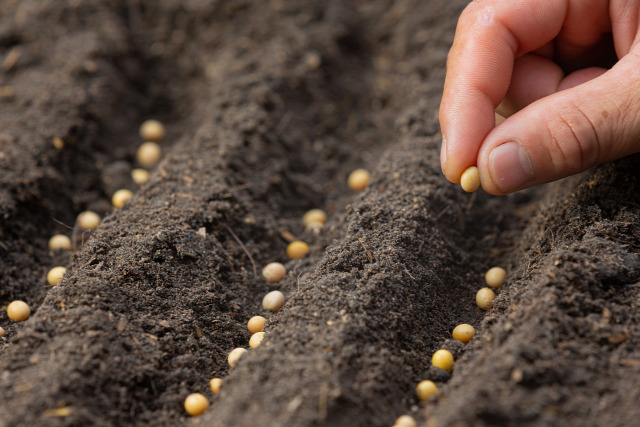
The Asia-Pacific region is experiencing a significant surge in the adoption and development of surgical robotics, marking a transformative era in healthcare. Surgical robotics, which leverage advanced technologies like artificial intelligence (AI), machine learning (ML), and precise imaging systems, are enhancing surgical precision, reducing recovery times, and improving overall patient outcomes.
The burgeoning demand for minimally invasive surgeries, coupled with substantial investments in healthcare infrastructure, is propelling the growth of the surgical robotics industry across Asia-Pacific.
According to BIS Research, the Asia-Pacific (APAC) Surgical Robotics Market is expected to grow at a CAGR of 17.29% from $1,637.6 Million in 2022 to $8,068.7 Million by 2032 in the forecasted period of 2022-2032.
Key Market Insights
Several factors are driving the expansion of the market of surgical robotics in the Asia-Pacific region:
Technological Advancements: Continuous innovations in robotic technology, AI, and machine learning are enhancing the capabilities and reliability of surgical robots, making them more appealing to healthcare providers.
Increasing Demand for Minimally Invasive Procedures: Patients and healthcare providers are increasingly favoring minimally invasive surgeries due to their benefits, including reduced pain, shorter hospital stays, and faster recovery times.
Growing Healthcare Expenditure: Increased investment in healthcare infrastructure and the adoption of advanced medical technologies are significantly contributing to market growth.
Aging Population: The rising elderly population in many Asia-Pacific countries is leading to an increase in age-related conditions requiring surgical intervention, thereby driving the demand for advanced surgical technologies.
Want to stay ahead of your competitors? Request for a FREE sample report e-PDF on APAC Surgical Robotics Market Research.
APAC Surgical Robotics Market Segmentation
Segmentation by Type:
• Surgical Systems
• Instruments and Accessories
• Services
Segmentation by Application:
• General Surgery
• Urology Surgery
• Gynecology Surgery
• Orthopedic Surgery
• Cardiology Surgery
• Head and Neck (including Neurology) Surgery
Segmentation by Region:
• China
• Japan
• India
• South Korea
• Australia and New Zealand
• Southeast Asian Countries
Future Market Prospects
The future of the surgical robotics market in Asia-Pacific looks promising, with several trends likely to shape its trajectory:
Enhanced AI Integration: Ongoing advancements in AI and machine learning will continue to improve the decision-making abilities of surgical robots, making them more effective and reliable.
Expansion into Rural Areas: Increased healthcare investment and improving infrastructure in rural areas present significant growth opportunities for surgical robotics.
Development of New Robotic Systems: Innovations in robotic technology, such as flexible and miniaturized robots, are expected to expand the range of procedures that can be performed using robotic systems.
Increased Collaboration: Partnerships between technology companies, healthcare providers, and research institutions will drive innovation and accelerate the development of advanced surgical systems.
Conclusion
The Asia-Pacific Surgical Robotics Industry is on the cusp of significant growth, driven by technological advancements, increasing demand for precision in surgical procedures, and robust healthcare investments. By addressing challenges related to cost, regulation, and technical complexity, and leveraging opportunities in AI advancements and rural healthcare expansion, the potential of surgical robotics can be fully realized. This revolution in surgical care promises to enhance the quality of life for patients across Asia-Pacific, setting new standards for precision, efficiency, and safety in the operating room.





